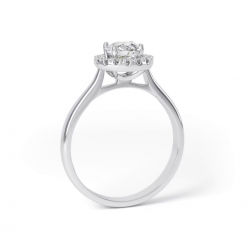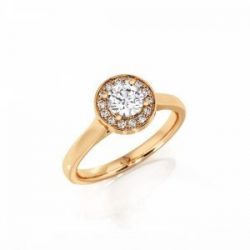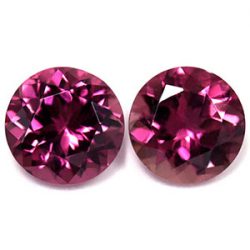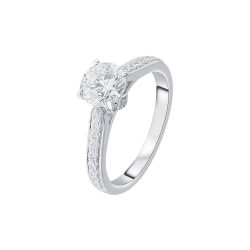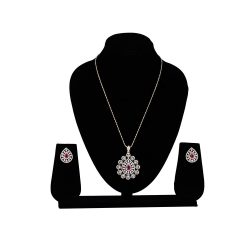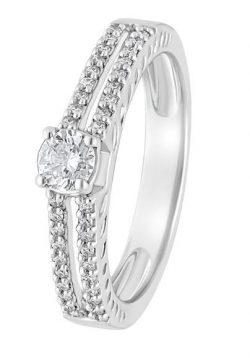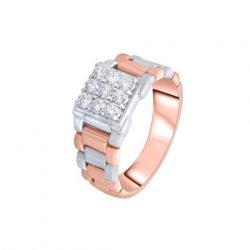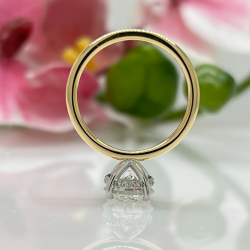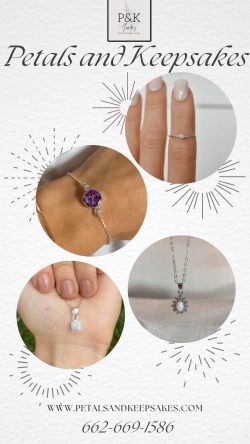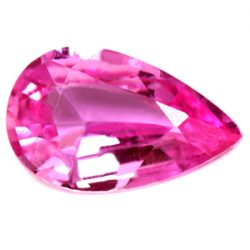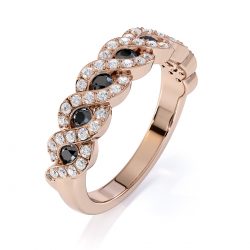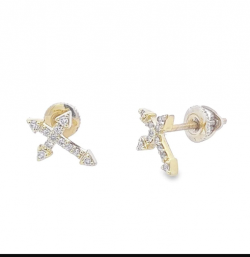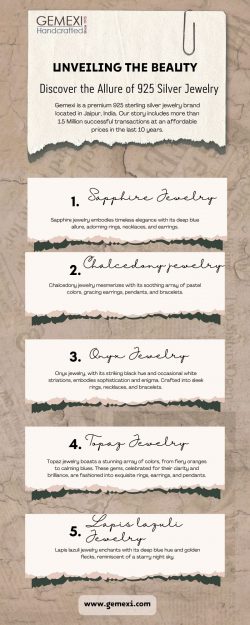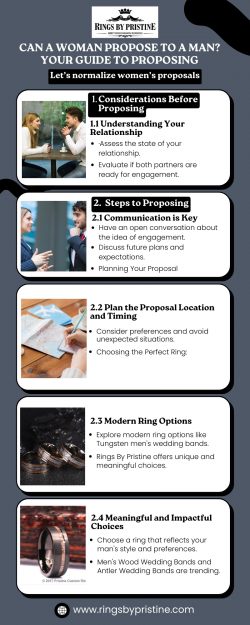The Pros and Cons of A Prong Setting
Prong settings can be cast in any metal, such as white or rose gold, sterling silver, platinum, copper, titanium, etc. The widespread “Prong Setting” requires concentration while detailing, just as much as any other popular setting needs. The diamond, as well as the gemstones you want, should rest and hold with the prongs, and the prongs should not cover its surface and dimensions. The beauty of accurately crafted Prong jewelry is that it displays the gemstone clearly. Equipping prongs inaccurately can make gems appear shorter and affect the wearability and protection of the jewelry pieces. The sources of the Prong settings can be discovered from ancient civilizations, where gemstones were preferably integrated into jewelry for their precious and metaphorical significance. Then, the Prong setting appeared during the Renaissance period in Europe, from the 14th to the 17th century. This period is marked as the most crucial time in the history of the jewelry industry. During the Victorian age in the 19th century, power, love, and to represent some value towards someone had a prominent influence on jewelry designs.



















